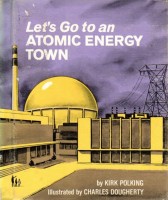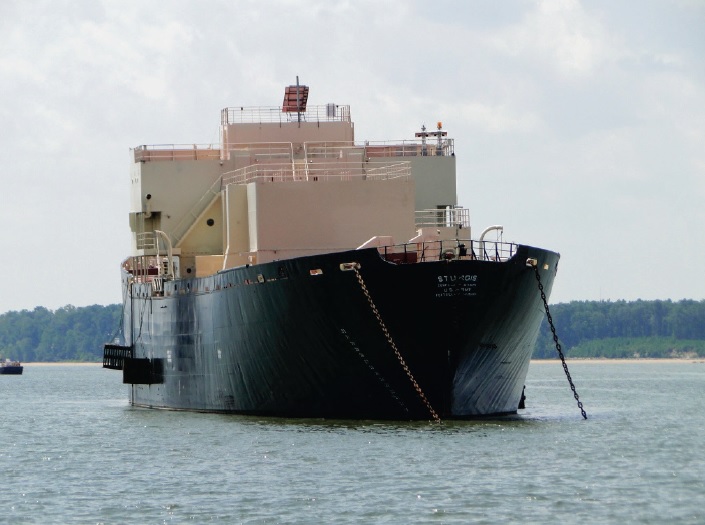Japan Nuclear Restarts: Abe Says "Will See To It," Courts Differ, Plants Prepare
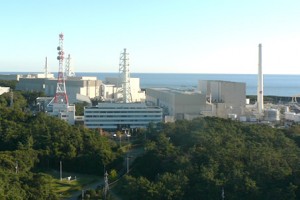 "I will see to it by some means or other. I will properly deal with it." So go the reported words of Japanese Prime Minister Shinzo Abe regarding the restart of nuclear power plants in Japan, as printed recently in the Japanese press. At the present time, while the Japanese government and courts seem to be at odds on restarting plants-with the public left in the middle-those at the nuclear plants themselves must count on eventual approval to restart and must ensure required measures are completed properly. Those preparing for restart continue to work toward that end while facing an improving, but not yet by any means certain, situation in the public and legal arenas.
"I will see to it by some means or other. I will properly deal with it." So go the reported words of Japanese Prime Minister Shinzo Abe regarding the restart of nuclear power plants in Japan, as printed recently in the Japanese press. At the present time, while the Japanese government and courts seem to be at odds on restarting plants-with the public left in the middle-those at the nuclear plants themselves must count on eventual approval to restart and must ensure required measures are completed properly. Those preparing for restart continue to work toward that end while facing an improving, but not yet by any means certain, situation in the public and legal arenas.



 The 218th Nuclear Energy Blog Carnival has been posted at Yes Vermont Yankee. You can
The 218th Nuclear Energy Blog Carnival has been posted at Yes Vermont Yankee. You can 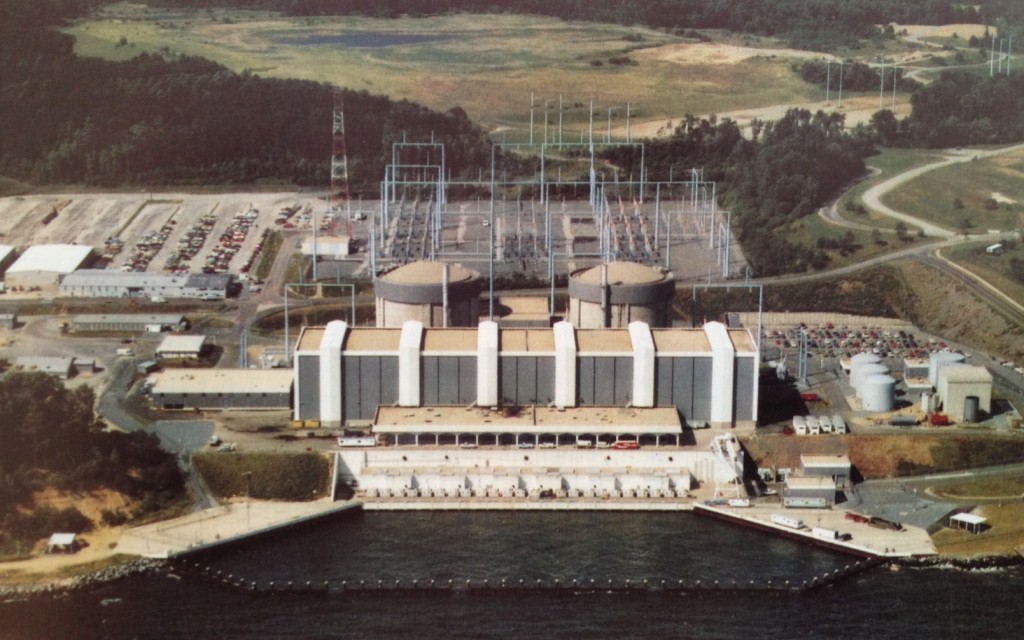
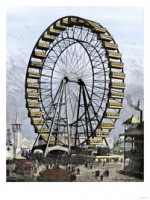
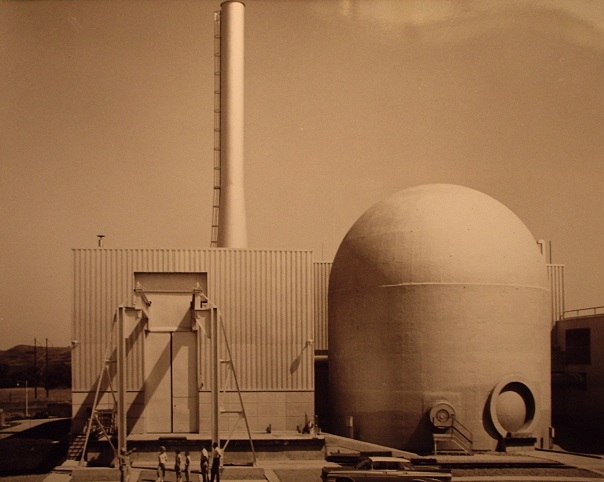
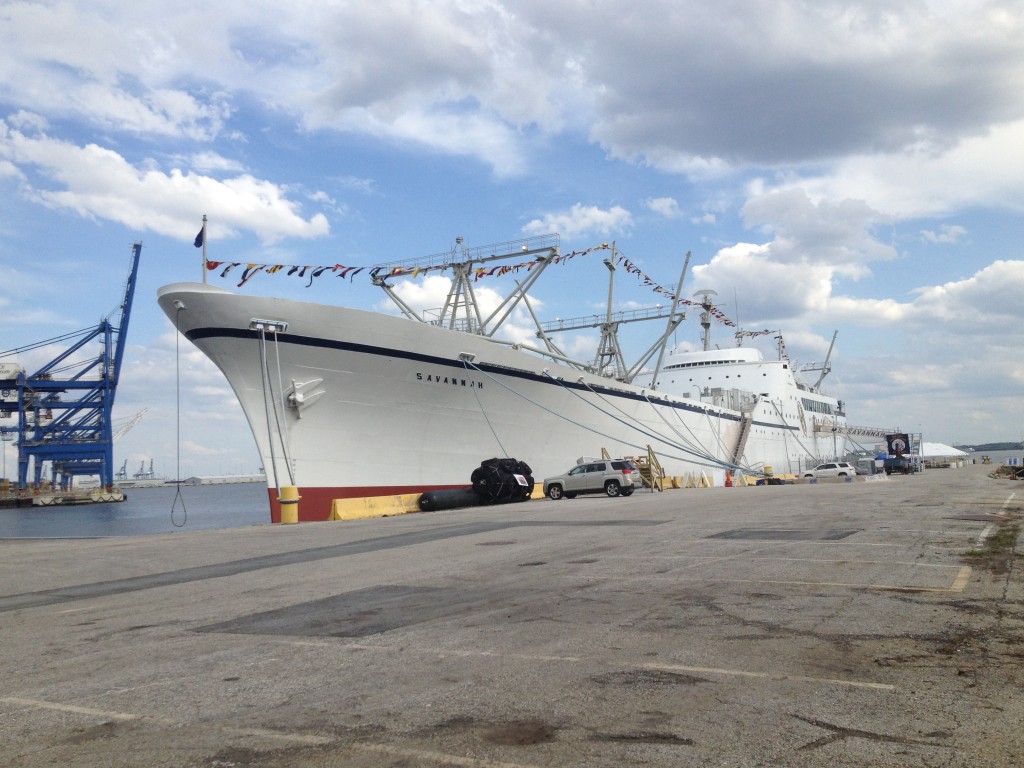
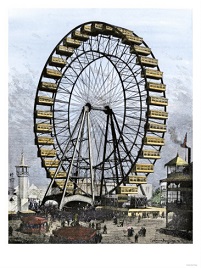 It's time for the 208th Carnival of Nuclear Energy, and ANS Nuclear Cafe is proud to host the event!
It's time for the 208th Carnival of Nuclear Energy, and ANS Nuclear Cafe is proud to host the event!